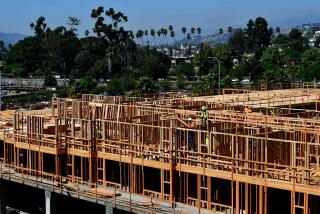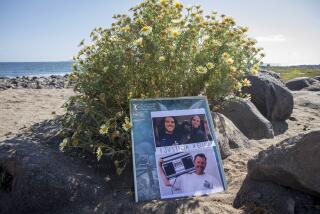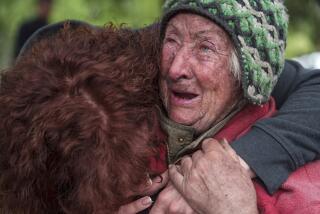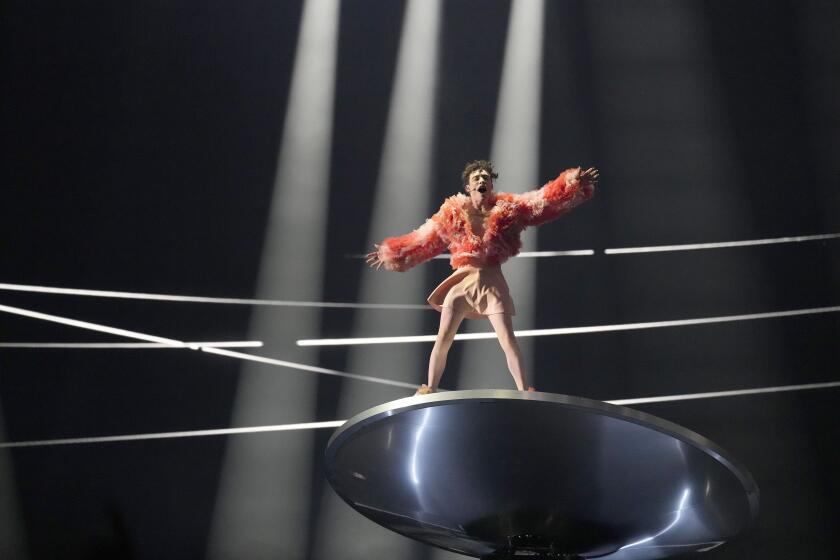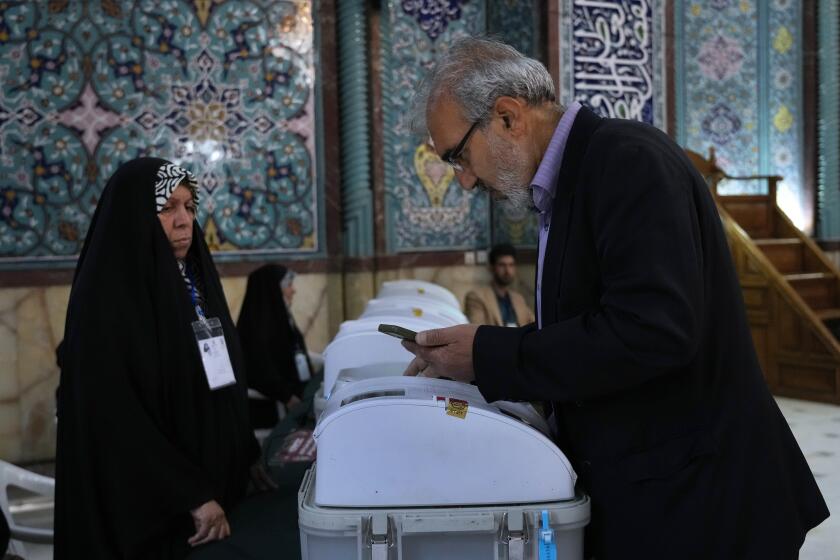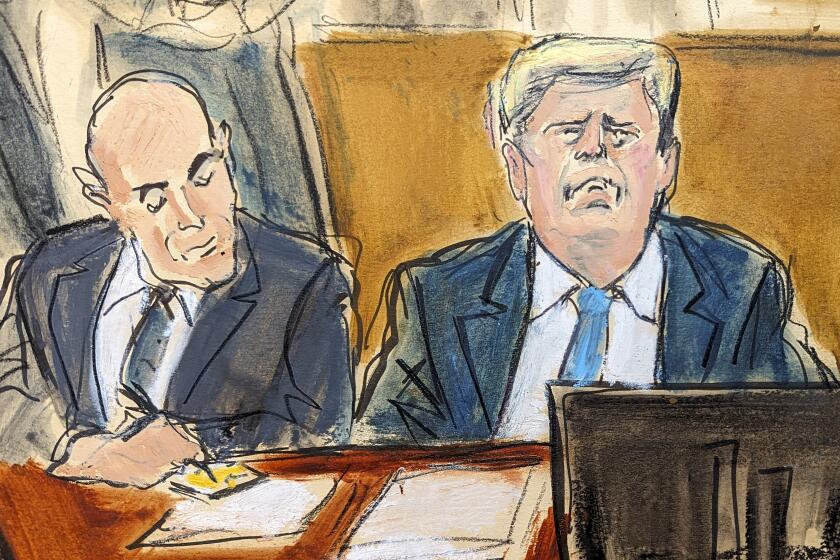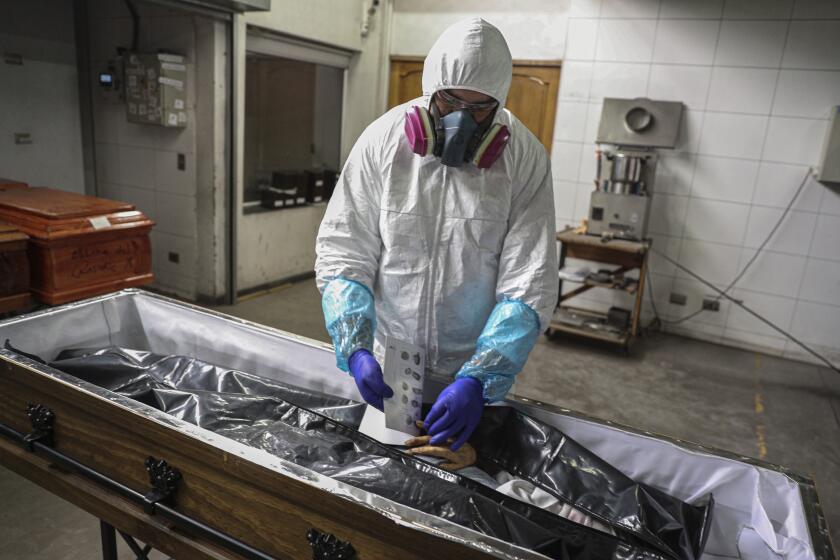Echoes of an empire
Benito Mussolini, who ruled Fascist Italy from 1922 to 1943, had ambitious plans for the nation’s capital. In the historic center he sought to uncover the remains of Imperial Rome, on which he modeled his new Italian empire, opening massive archaeological works and at the same time destroying many of the city’s medieval landmarks. Outside the center Il Duce ordered the construction of whole districts in a new architectural vernacular that melded Roman classicism with stream-lined modernism. EUR, so called for the Esposizione Universale di Roma that never took place, is the best example, but Il Duce’s fingerprints can still be seen all over Rome.
1. Foro Italico
North of Rome’s historic center, the Ponte d’Aosta crosses a bend of the Tiber River, landing at the threshold of the Foro Italico (previously the Foro Mussolini), a showplace sports center created by Fascist-era architects Enrico del Debbio and Luigi Moretti. You know you’re here when you see the 50-foot obelisk bearing the Latin inscription “Mussolini Dux.”
It’s one of the stranger places in the Eternal City, now dilapidated, graffiti-covered and overgrown with weeds, occupied by the vocational branch of the University of Rome, a health club, aquatic park and the city’s 100,000-seat Olympic Stadium.
But there are still some hints of the fascist yearning for grandeur, especially at the indoor swimming pool, with mosaics by Giulio Rossi and Angelo Canevari, and the Stadio dei Marmi, opened in 1932 with seating for 20,000 and ringed by 60 colossal statues of nude Roman athletes.
2. Piazza Venezia and the Via dei Fori Imperiali
The plaza at the foot of Rome’s massive Monument to Vittorio Emanuele II (built in 1911) is where crowds gathered to hear bellicose speeches by Il Duce, delivered from the balcony of his Palazzo Venezia headquarters.
This was to be the seat of a reborn Italian empire, harking back to the classical period. To this end, Mussolini launched excavations of the nearby forums of Trajan, Caesar and Nerva and laid the wide, ramrod-straight Via dei Fori Imperiali. Much lamented by Rome aficionados, the boulevard cut the forum area in half and left the ruins below ground level. Hundreds of housing units were demolished, displacing about 2,000 people.
Preservationists still hope that the Via dei Fori Imperiali will someday become a pedestrian artery, linking the disparate parts of the archaeological zone in the heart of Rome. On Sundays, at least, the Via dei Fori Imperiali is closed to vehicular traffic.
3. Sapienza University
Founded in 1303, Rome’s biggest state university moved from the historic center to the San Lorenzo district east of Termini train station in 1935. Its new quarters were designed by Il Duce’s favorite architect, Marcello Piacentini, and the modernist Giuseppe Pagano. The main entrance is on Piazzale Aldo Moro.
4. Via della Conciliazione
In the Middle Ages pilgrims approached the Basilica of St. Peter’s on the west side of the Tiber River along crowded, winding streets. Some of them, such as the Borgo Pio, remain.
But the main route to the great church from the city center was reconfigured in 1936 to commemorate the 1929 Lateran Accords between Il Duce and the Catholic Church, recognizing the Vatican as an independent state within Rome.
Construction of Via della Conciliazione displaced longtime residents and destroyed historic hospices and churches. Today the grandiose, multilane boulevard still seems an eyesore to traditionalists but copes well with fleets of tour buses.
-- Susan Spano
More to Read
Start your day right
Sign up for Essential California for news, features and recommendations from the L.A. Times and beyond in your inbox six days a week.
You may occasionally receive promotional content from the Los Angeles Times.
